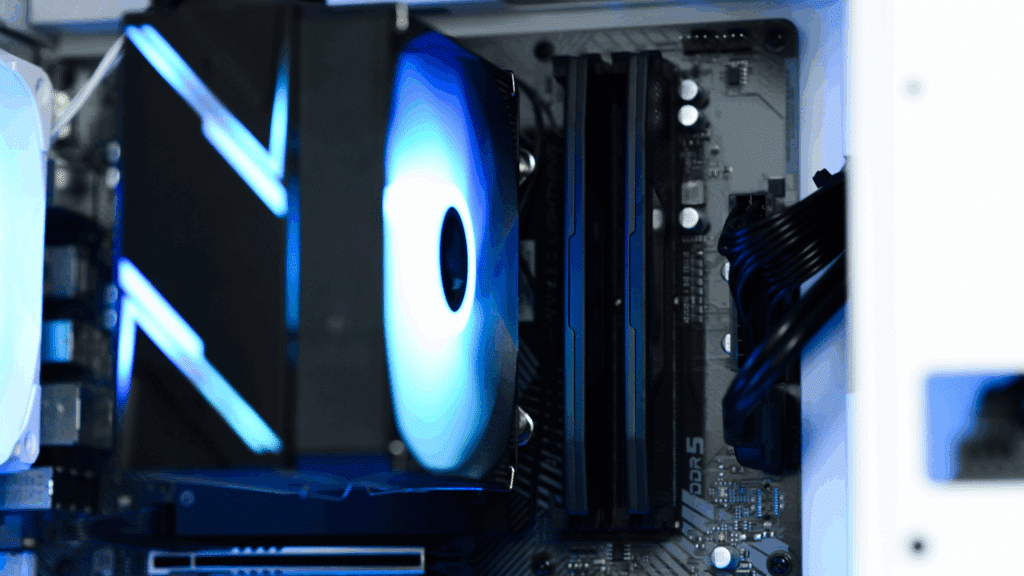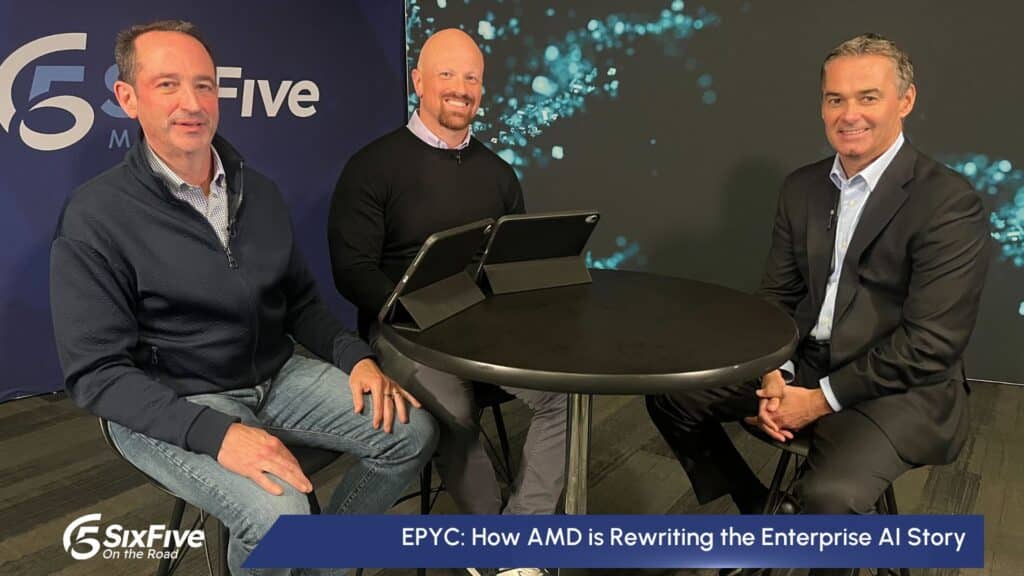The News: The recently announced GoTo Miro integration, focused on making hybrid collaboration seamless for teams of all sizes, means that customers leveraging GoTo Connect, GoTo Meeting, or GoTo Training now have Miro’s visual collaboration platform available within the GoTo application. By streamlining collaboration workflows, GoTo is enabling businesses to maintain productivity regardless of location. See the full GoTo Press Release for more information.
GoTo Miro Integration Goes a Long Way Toward Facilitating Seamless Hybrid Collaboration
Analyst Take: GoTo’s Miro integration to facilitate seamless hybrid collaboration is an solution that makes a lot of sense. With GoTo’s addition of Miro, the communications platform now provides visual collaboration to hybrid and virtual teams looking to diagram, journey map, brainstorm, and more. I see this move as further solidifying Miro’s place as the most agnostic visual collaboration platform on the market, having deep integrations with almost every major online meeting vendor. The improved flexibility for both GoTo and Miro users helps to make visual collaboration a centerpiece of hybrid work.
Speaking on the GoTo Miro integration, GoTo’s Head of Product, Damon Covey, said, “As hybrid and remote work remain a staple in our workforce, we need to ensure that effective collaboration can occur with the same ease as in the office, regardless of where employees choose to get work done.” This is a fundamental business principle these days, and we’re seeing more and more solutions work toward this end.
How the GoTo Miro Integration Helps by Enabling Users to Create a Visual Team Hub
I see the GoTo Miro Integration as providing significant value to users. By leveraging a platform like Miro to create a visual team hub for projects, strategy, and meetings, businesses can accelerate outcomes and increase productivity. Through integration with online meeting vendors like GoTo, these same businesses are better equipped to operate with distributed teams by providing a streamlined, single-app approach to collaboration. Once integrated, Miro operates within the GoTo experience, allowing teammates and colleagues to collaborate on content and assets in real-time. GoTo users can leverage all of Miro’s best features and functions within the experience, making for smooth and productive hybrid meetings.
When releasing the GoTo integration, Miro’s Head of Partnerships and Business Development Kev Chung said “Miro is deeply invested in creating new ways for teams to collaborate effectively in distributed, hybrid work environments. Our new integration with GoTo creates another method of seamless collaboration and makes it easier for teams to truly connect, learn, and grow together – all in one place.”
What Meeting Integration Across Multiple Platforms Means for Miro
For Miro users that leverage multiple meeting platforms, the GoTo Miro integration lets administrators connect credentials for GoTo — and other platforms — for seamless transitions between meetings.
By providing meeting integration capabilities across multiple platforms, what that means for Miro is significant: Miro becomes the constant visual tool being brought to any and every meeting.
The integrations between visual collaboration platforms and online meeting platforms are getting deeper across a variety of vendors, which is good news for both adopting teams and current users, who are always looking for ways to be more efficient. The GoTo Miro integration does exactly that.
Seamless hybrid collaboration is the name of the game in and across the workplace today — partnerships, collaborations, and integrations that make it easier to collaborate is exactly what users need.
Disclosure: Wainhouse Research, part of The Futurum Group family of companies, is a research and advisory firm that engages or has engaged in research, analysis, and advisory services with many technology companies, including those mentioned in this article. The author does not hold any equity positions with any company mentioned in this article.
Analysis and opinions expressed herein are specific to the analyst individually and data and other information that might have been provided for validation, not those of Wainhouse Research as a whole.
Other insights from Wainhouse Research:
Microsoft Set to Invest $10 billion in OpenAI — What That Could Mean for Enterprise Communications
Microsoft Announces Teams Integration with Hololens 2
Microsoft’s Dominance on Full Display in a Week Full of Industry News
Image Credit: GoTo
This article was first published on Wainhouse Research.
Author Information
Daniel Root is a Senior Analyst with Wainhouse – A Futurum Group company. His area of expertise is digital workplace and workforce communications technologies and services.




